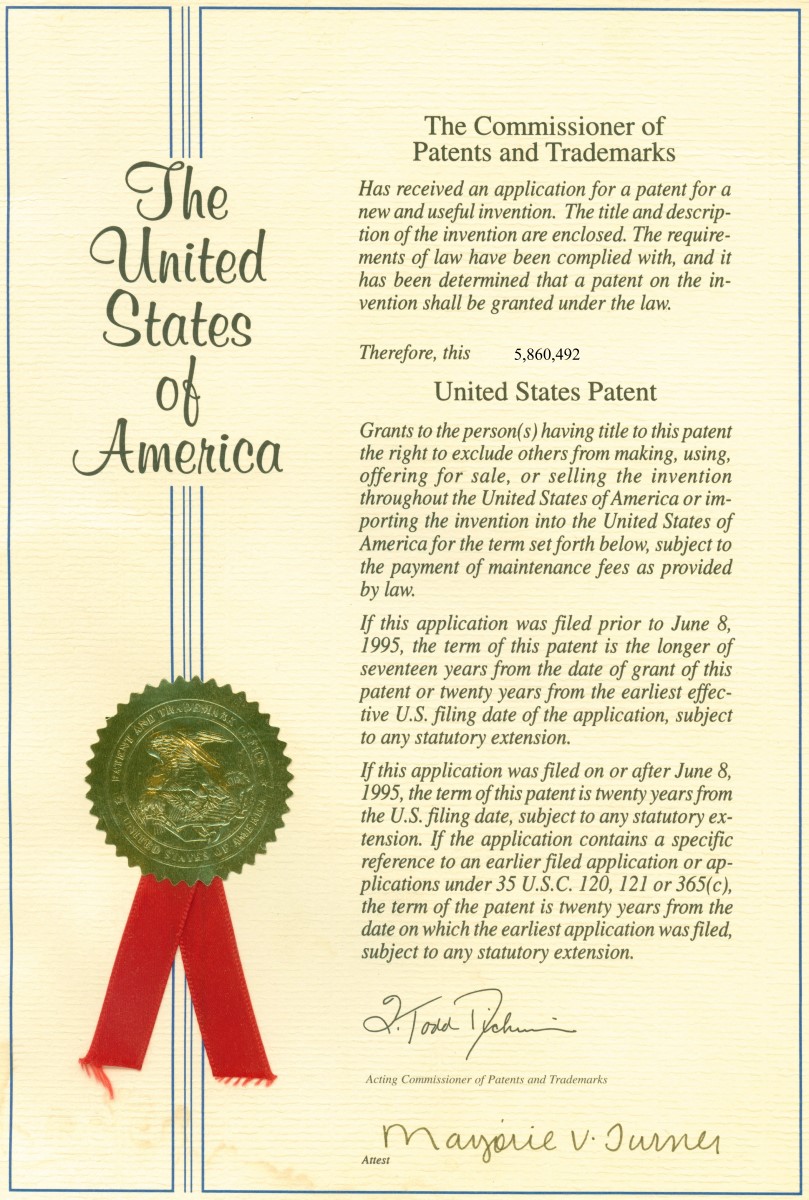
First patent application granted for CRISPR-Cas9 gene editing in all environments
On May 25, 2012, Drs. Jennifer Doudna, Emanulle Charpentier, Martin Jinek of UC Berkeley and Krzystof Chylinski of the University of Vienna filed ‘first to file’ patent application for CRISPR-Cas9 gene editing in all environments, including bacteria, plant, animal and human cells.
It is difficult to overestimate the importance of the technique as it enables one not only to manipulate genomes of model organisms in scientific experiments, and modify characteristics of important crops and animals, but also has the potential of introducing revolutionary changes in medicine, especially in treatment of genetic diseases.
The original biological function of CRISPR–Cas9 system is the protection of prokaryotes from mobile genetic elements, in particular viruses.
Currently, CRISPR–Cas9 and related technologies have been successfully used to cure life-threatening diseases, make coronavirus detection tests, and even to modify human embryo cells with the consequent birth of babies carrying the introduced modifications.
The discovery of CRISPR–Cas9 as an immune system in prokaryotes at the turn of the 20th-21st centuries – a finding at first glance only relevant to microbiology – has led to a revolution in the field of genomic manipulations.
Tags:
Source: National Library of Medicine
Credit:
